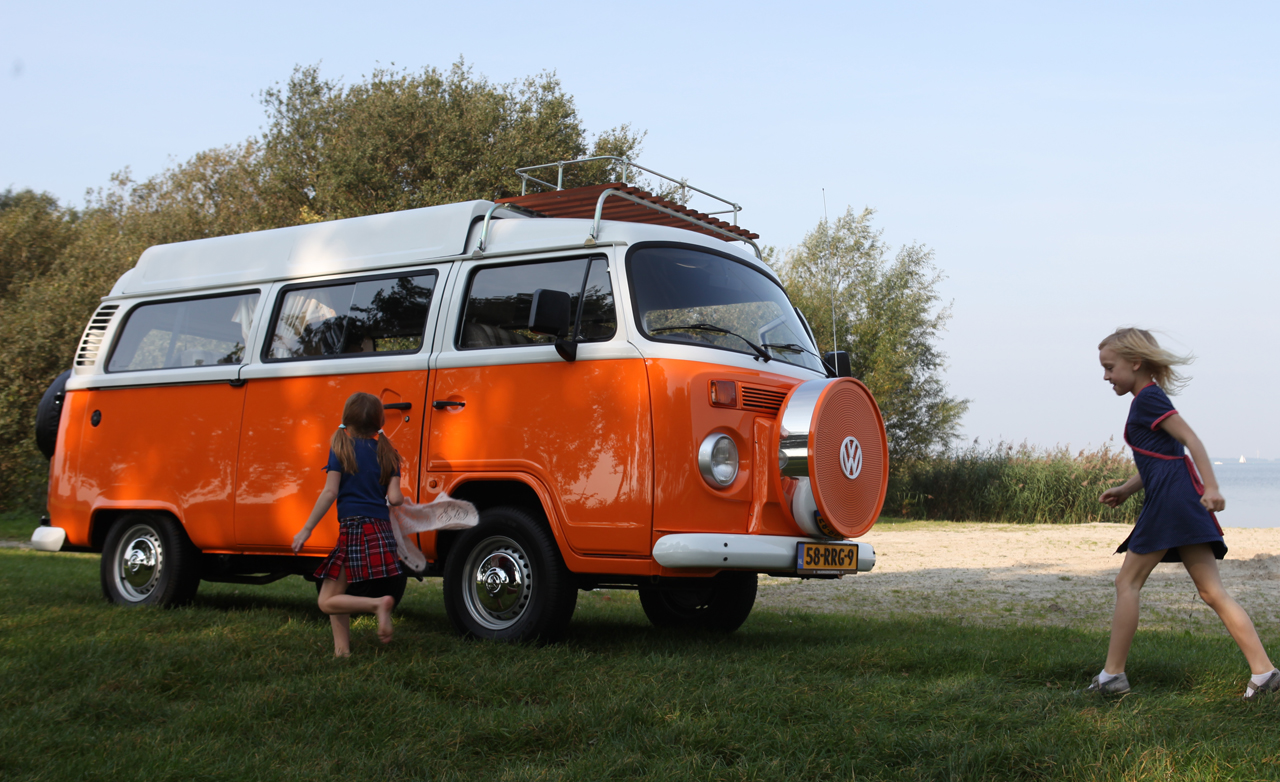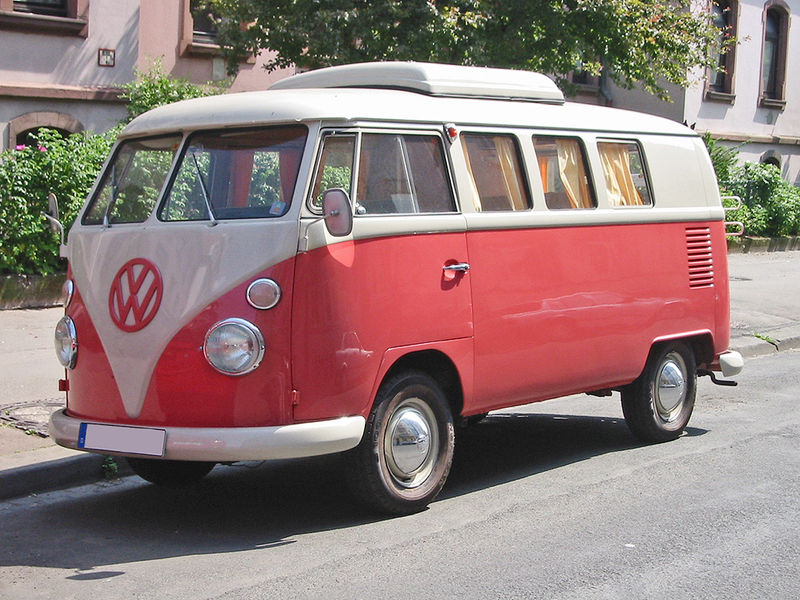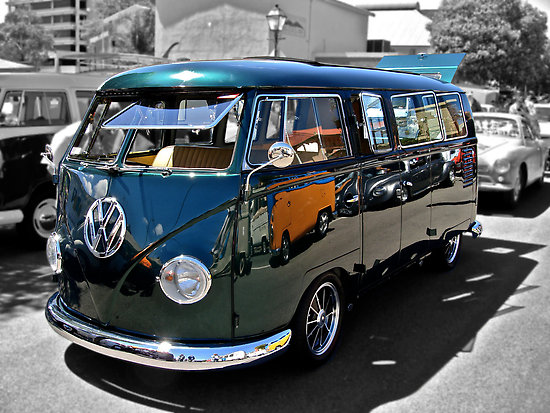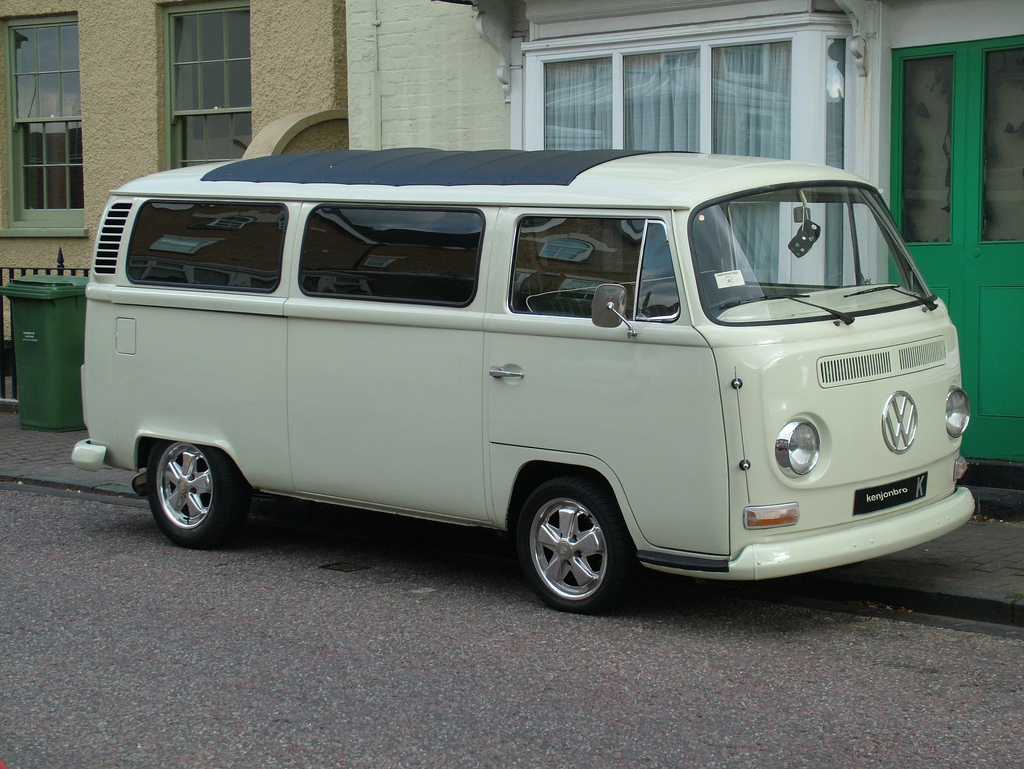Volkswagen / Volkswagen Type 2 Kombi bus

Specs
| Volkswagen GTD 3 Door | 6-speed manual | 81HP (59 kW) @ 2600 rpm | |
|---|---|---|---|
| Volkswagen GTD 5 Door | 6-speed manual | 81HP (59 kW) @ 2600 rpm | |
| Volkswagen Magotan 1.8 TSI | 6 speed manual | 160HP (118 kW) @ 5000 rpm | |
| Volkswagen Magotan 1.8 TSI Tiptronic | 6 speed automatic | 160HP (118 kW) @ 5000 rpm | |
| Volkswagen Magotan 2.0 TSI | 6 speed automatic | 200HP (147 kW) @ 5000 rpm |
Worldwide Trends
GEO Interests
Videos / Volkswagen Type 2 Kombi bus
1966 Volkswagen Type 2 Double Cab Bus, Fully Restored, Kombi, Pick-up, Transporter
VW Kombi - Seleção de Imagens - VolksWagen Type2 T1 Split KOMBI Microbus
1968 Volkswagen Double Cab Type 2 Bus, Pick-Up, Transporter, Kombi, Microbus, Camper
[BUS] VW T1 1967 Type 2 Part 11 - Side panel cut and outriggers weld.
Volkswagen type 2 kombi bus- A great vehicle for commercial purposes
In late 1967, the second generation of the Volkswagen type 2 kombi bus (T2) was introduced. It was constructed in Germany until 1979. In Mexico, the Volkswagen Kombi and section were produced from 1970 to 1994. This second-generation kind 2 lost its characteristic divide front windshield, and was somewhat bigger and substantially heavier than its predecessor. Its common nicknames are Bread loaf and embayment-window, or Loaf and embayment for short.[24] At 1.6 L and 35 kW (48 PS; 47 BHP) DIN, the engine was furthermore somewhat larger. The new form furthermore did away with the sway axle back suspension and transfer boxes previously utilized to lift ride size. Rather than, half-shaft axles fitted with unchanging velocity joints increased travel size without the wild alterations in camber of the Beetle-based swing axle suspension. The revised coach transaxle is usually searched after by off-road racers utilizing air-cooled Volkswagen constituents.
The changes made in the bus
The T2b was presented by way of gradual change over three years. The first forms boasted rounded bumpers incorporating a step for use when the doorway was open (replaced by indented bumpers without steps on subsequent models), front doorways that opened to 90° from the body, no edge on the front sentries, exclusive motor hatches, and crescent air intakes in the D-pillars (later forms after the Type 4 engine choice was suggested, have squared off intakes). The 1971 Type 2 boasted a new, 1.6 L motor with dual intake ports on each cylinder head and was DIN-rated at 37 kW (50 PS; 50 BHP). A significant change came with the introduction of front computer disc brakes and new road wheels with brake ventilation apertures and flatter hubcaps. Up until 1972, front signs are set reduced on the nose rather than high on either edge of the new air grille – giving increase to their being nicknamed "Low Lights". 1972's most famous change was a larger motor compartment to fit the bigger 1.7- to 2.0-litre motors from the Volkswagen Type 4, and a redesigned back end which eliminated the removable back apron and presented the bigger late follow lights.
The type of engine used
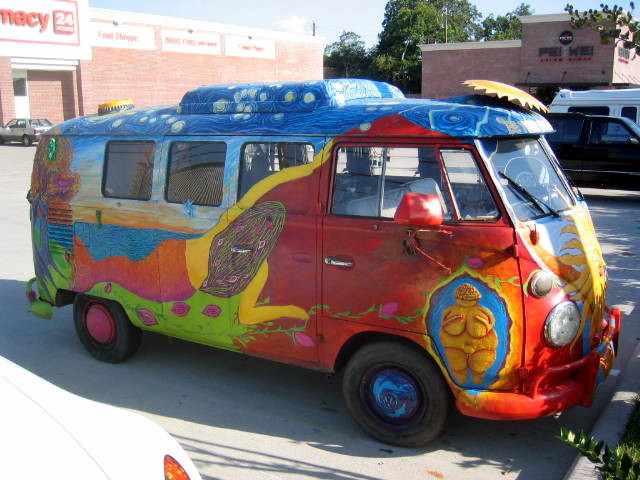 In the kind 2, the Type 4 motor was an option for the 1972 model year onward. This motor was benchmark in models destined for the US and Canada. Only with the kind 4 engine did an automatic transmission become accessible for the first time in the 1973 model year. The kind 4 motor was enlarged to 1.8 L and 50 kW (68 PS; 67 BHP) DIN for the 1974 model year and afresh to 2.0 L and 52 kW (71 PS; 70 BHP) DIN for the 1976 form year. The 1978 2.0 L now boasted hydraulic valve lifters, eradicating the need to periodically adapt the valve clearances as on previous models.
In the kind 2, the Type 4 motor was an option for the 1972 model year onward. This motor was benchmark in models destined for the US and Canada. Only with the kind 4 engine did an automatic transmission become accessible for the first time in the 1973 model year. The kind 4 motor was enlarged to 1.8 L and 50 kW (68 PS; 67 BHP) DIN for the 1974 model year and afresh to 2.0 L and 52 kW (71 PS; 70 BHP) DIN for the 1976 form year. The 1978 2.0 L now boasted hydraulic valve lifters, eradicating the need to periodically adapt the valve clearances as on previous models.
Some additional informaion
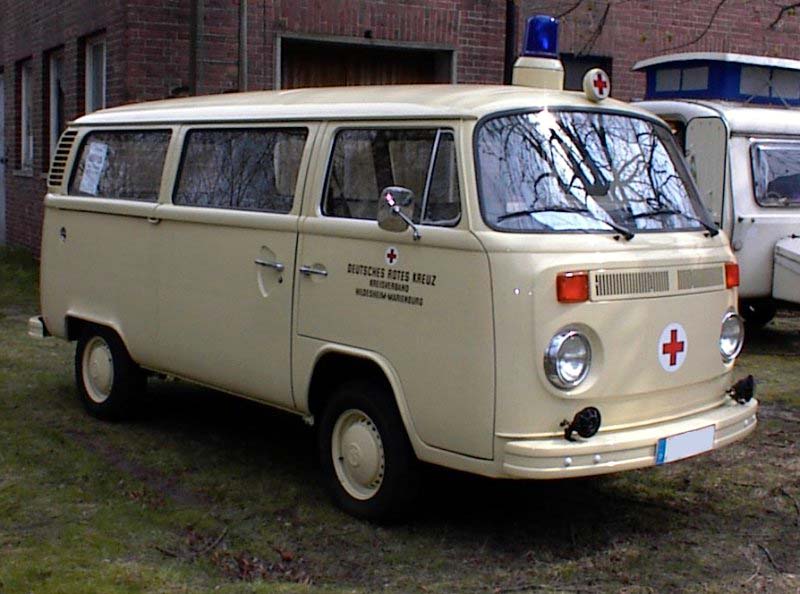 The Volkswagen type 2 kombi bus initially came equipped with an air-cooled 1.2-liter flat-four climbed on in the rear. The new inline-four makes 78 HP on petrol and 80 HP on untainted ethanol and places the power to the rear wheels – which are wrapped in whitewall exhausts – through a four-speed manual transmission.
The Volkswagen type 2 kombi bus initially came equipped with an air-cooled 1.2-liter flat-four climbed on in the rear. The new inline-four makes 78 HP on petrol and 80 HP on untainted ethanol and places the power to the rear wheels – which are wrapped in whitewall exhausts – through a four-speed manual transmission.











